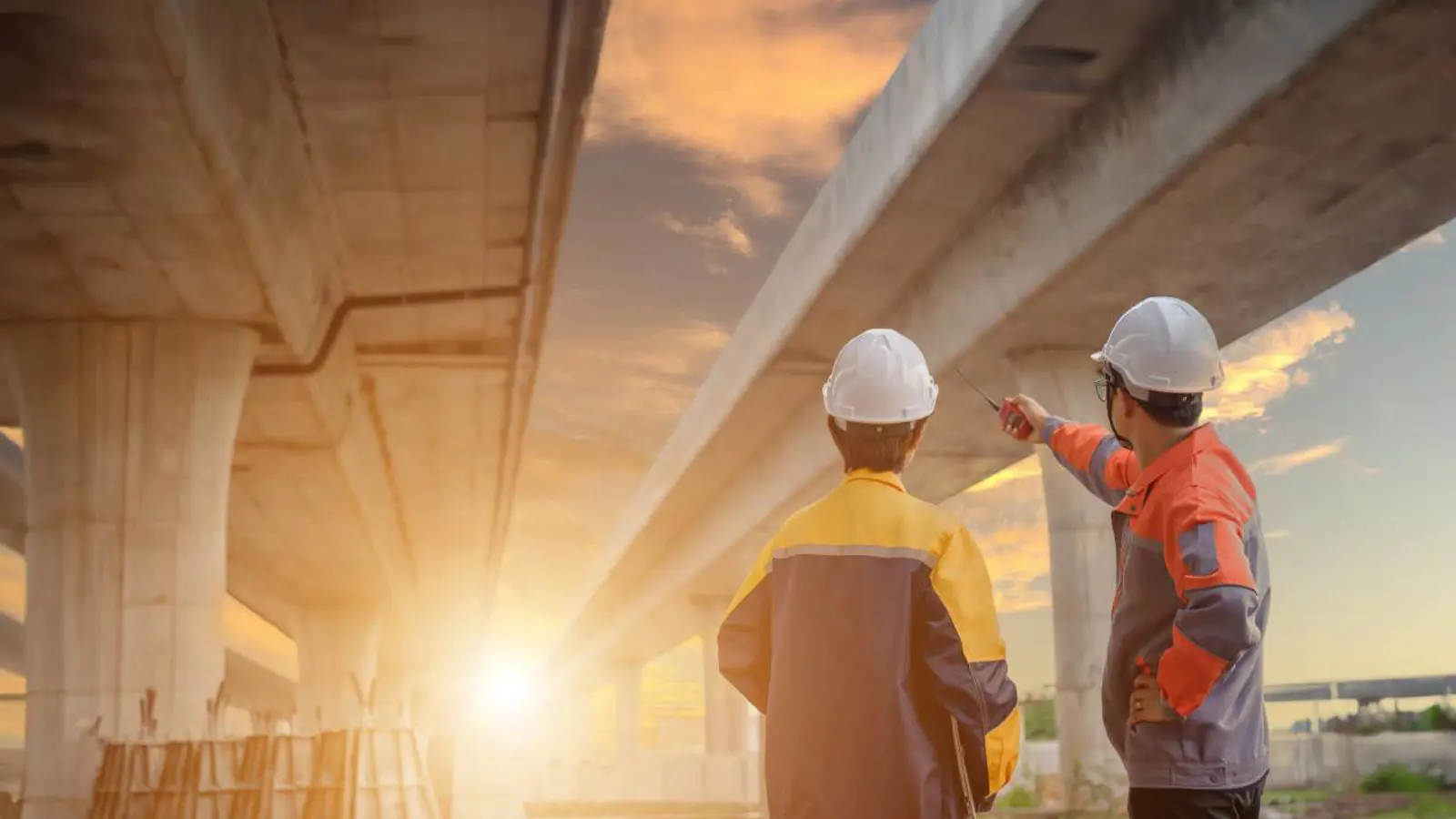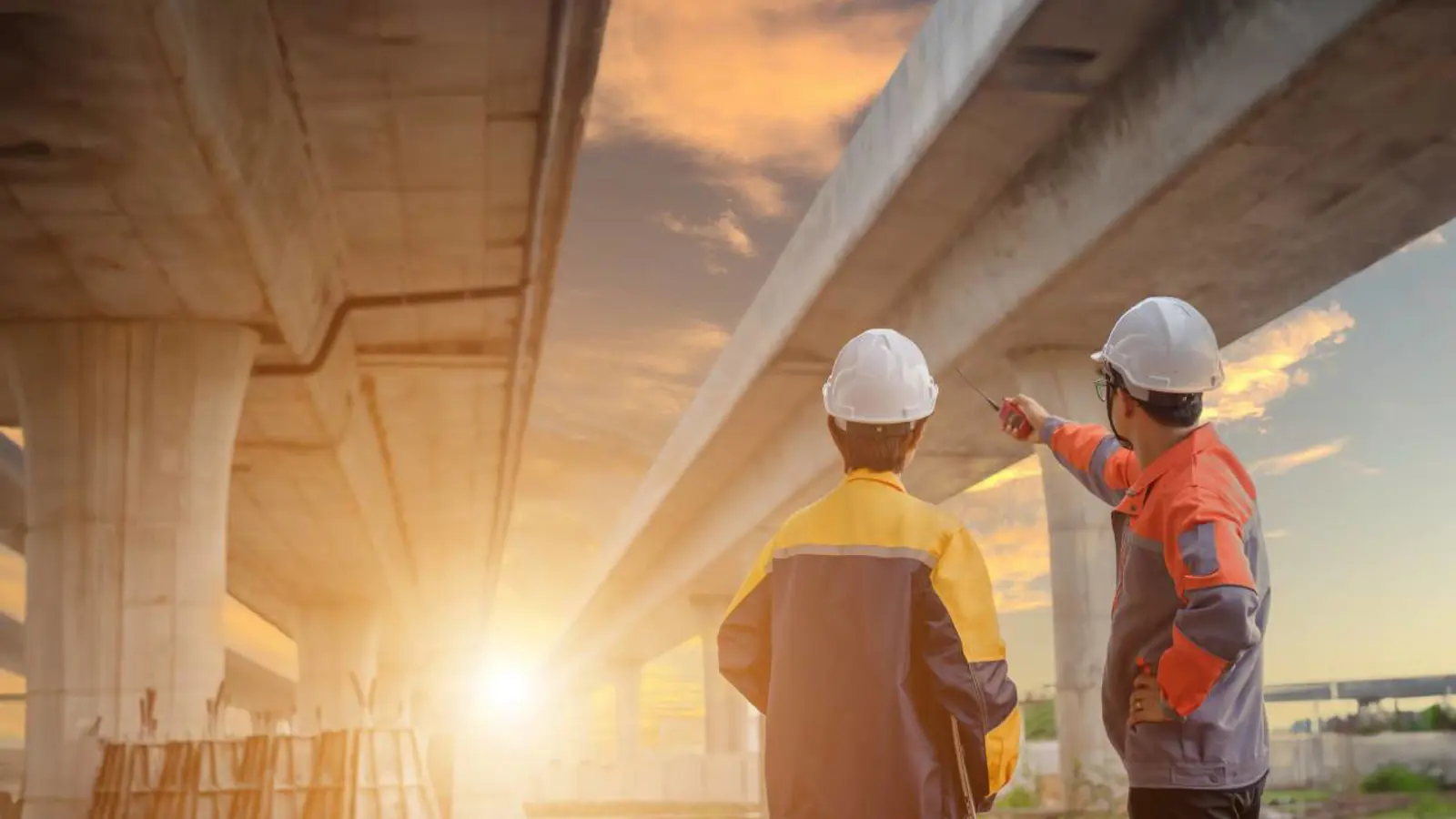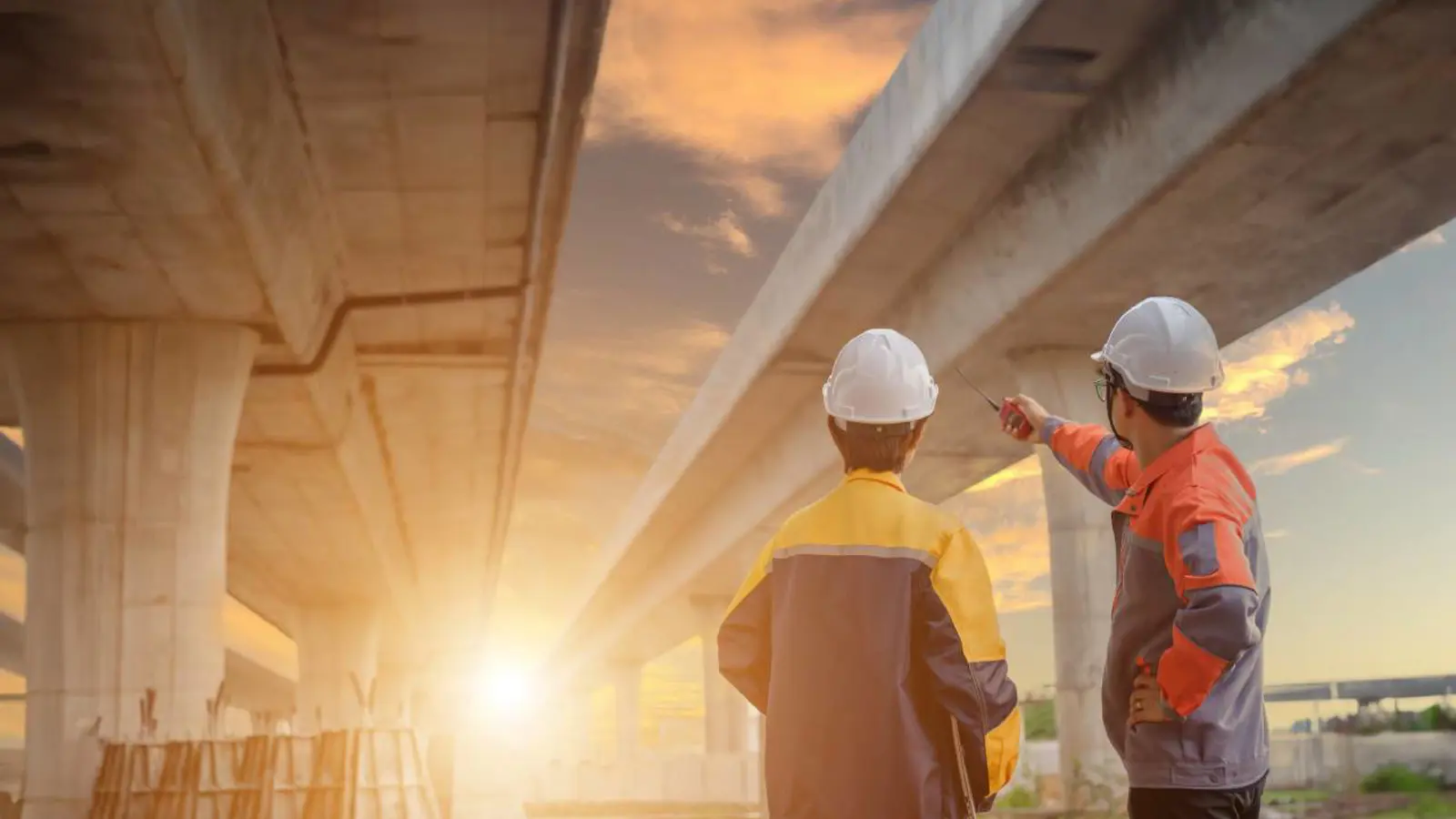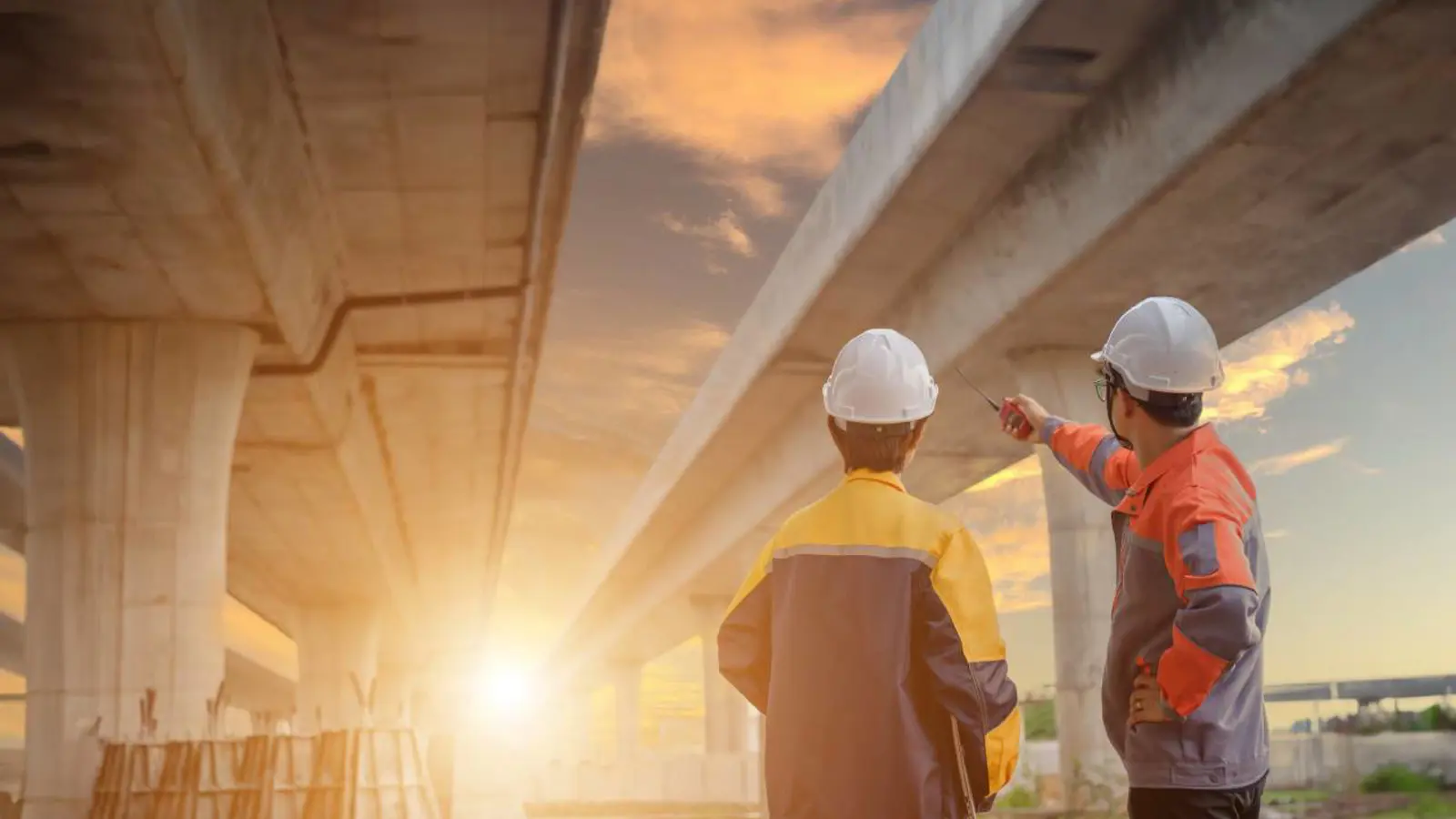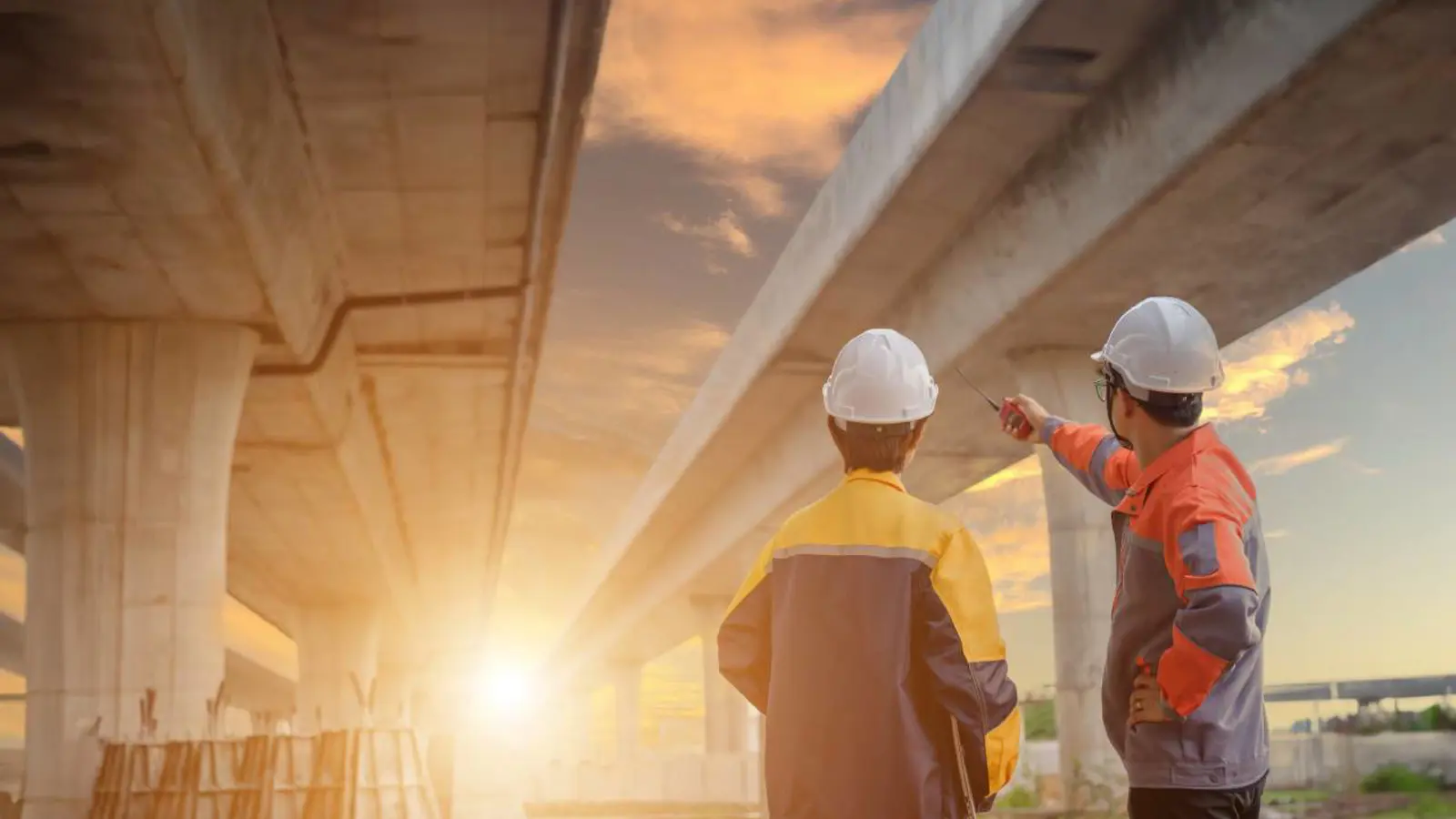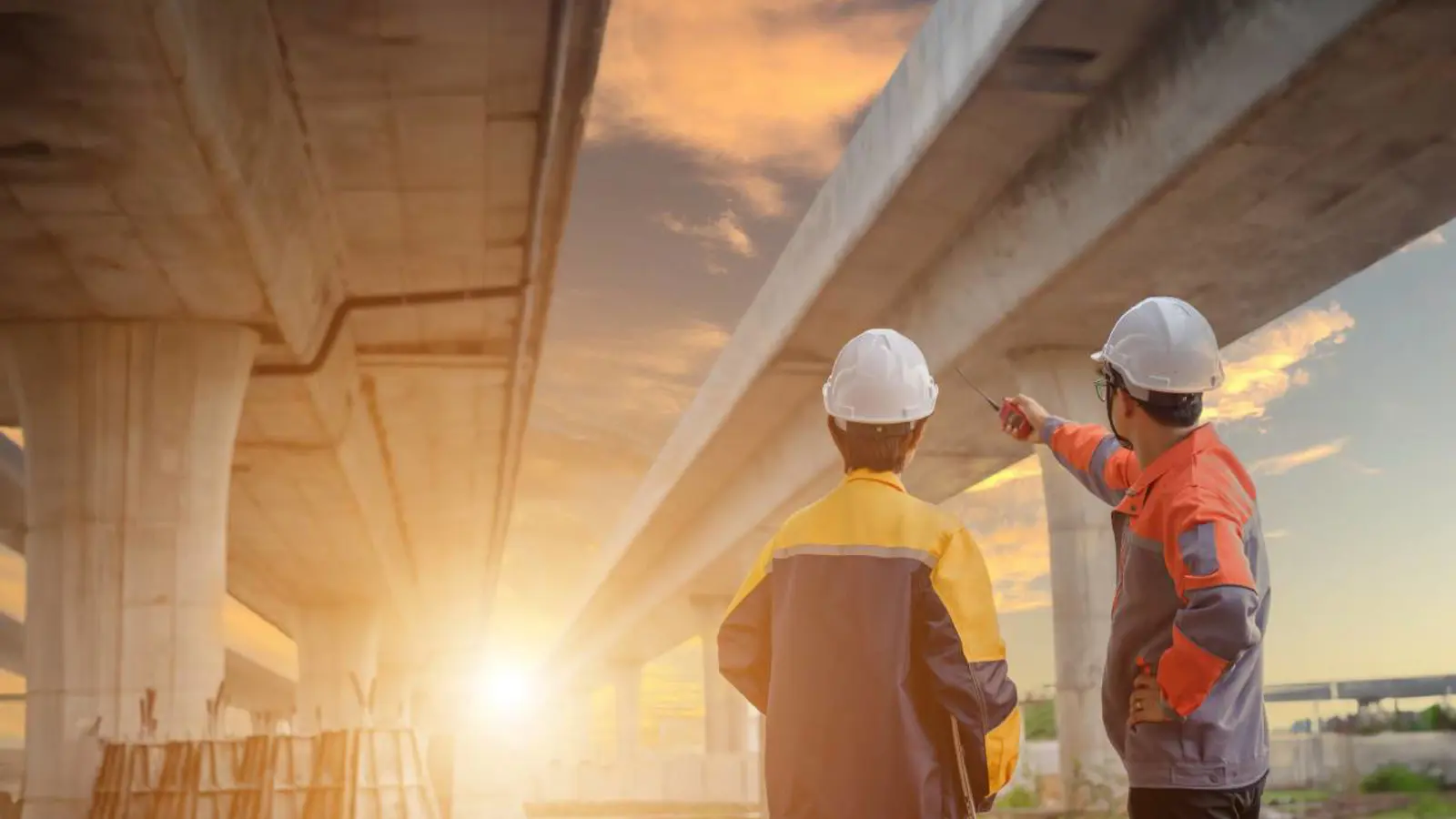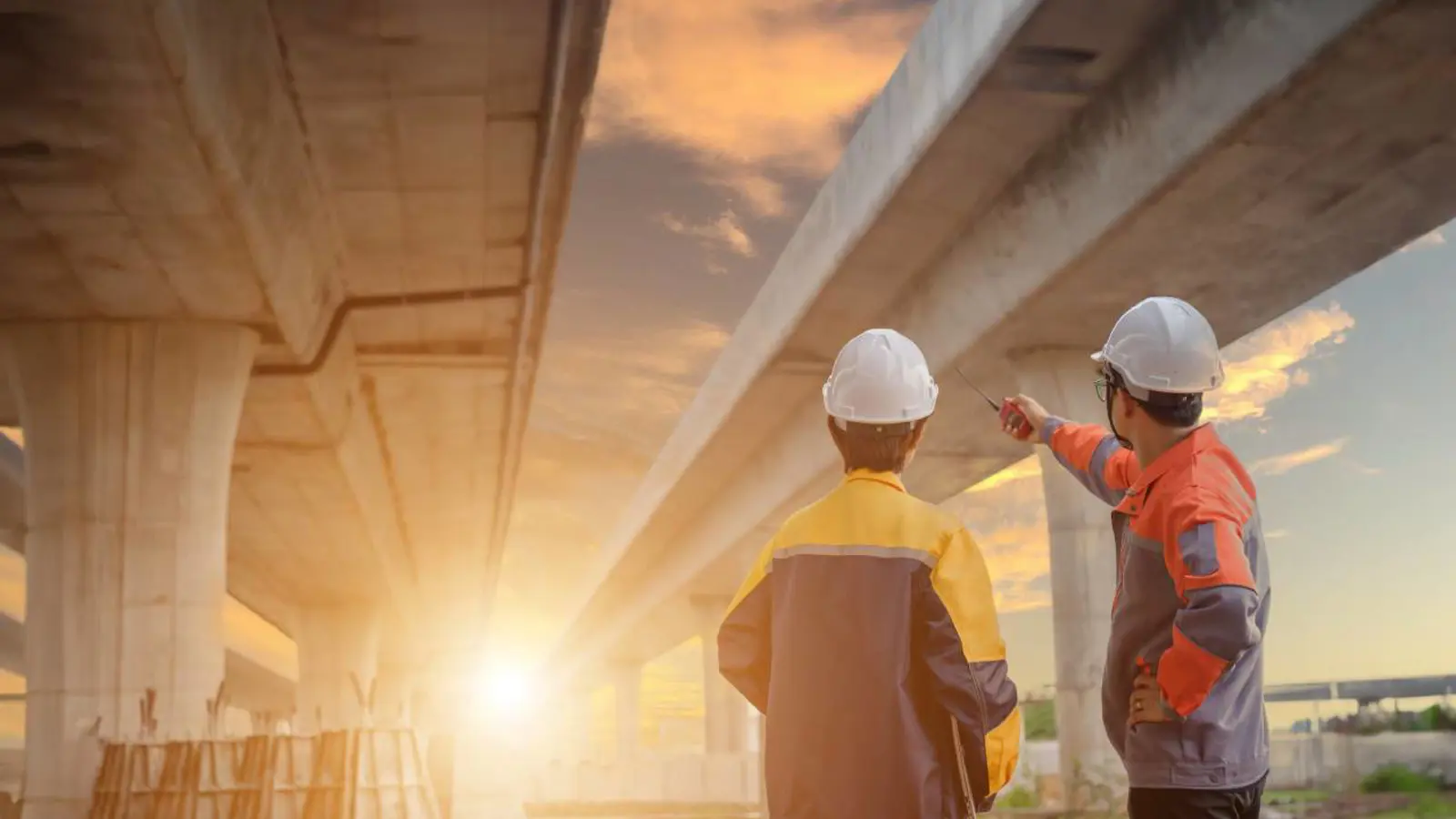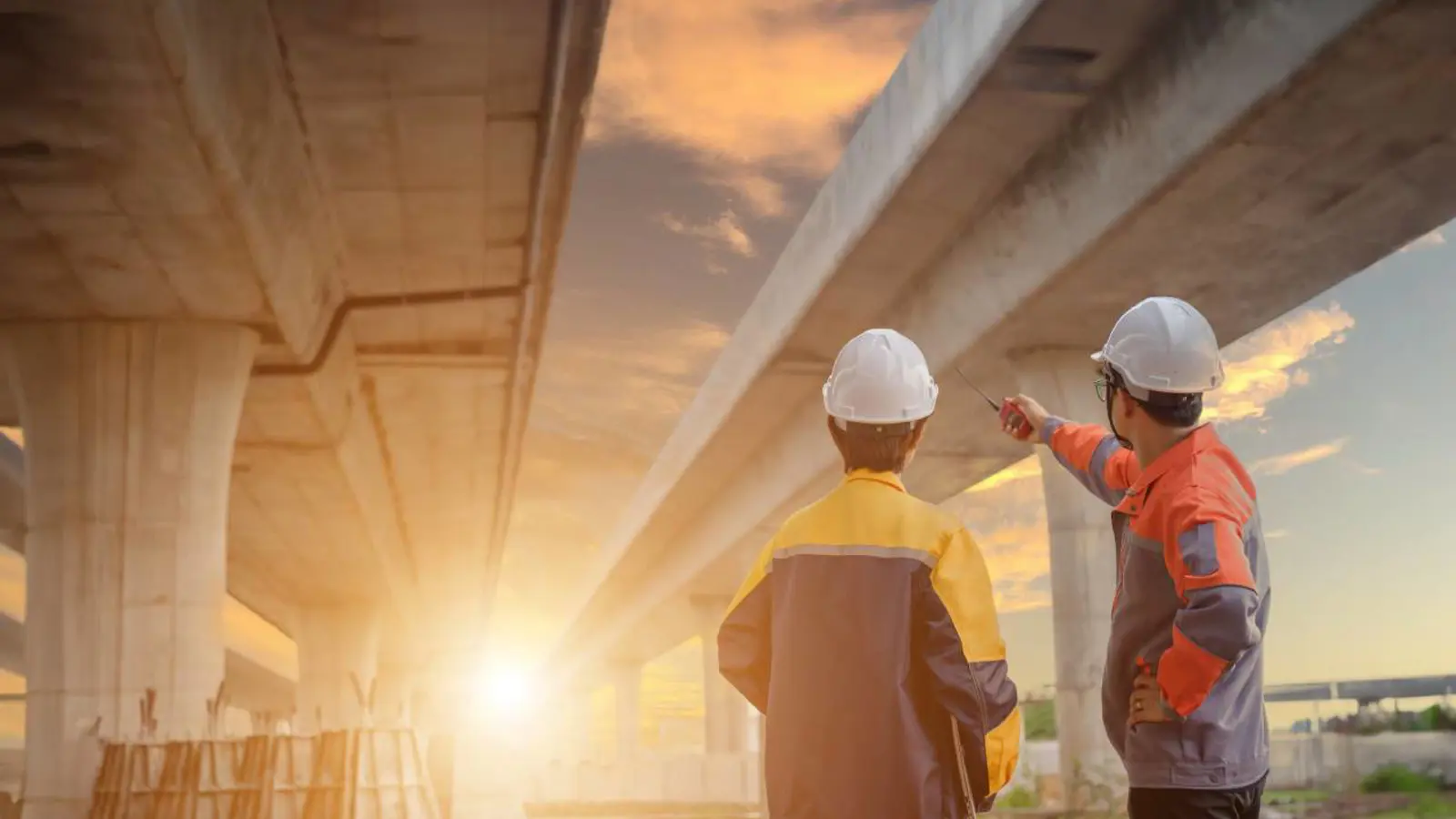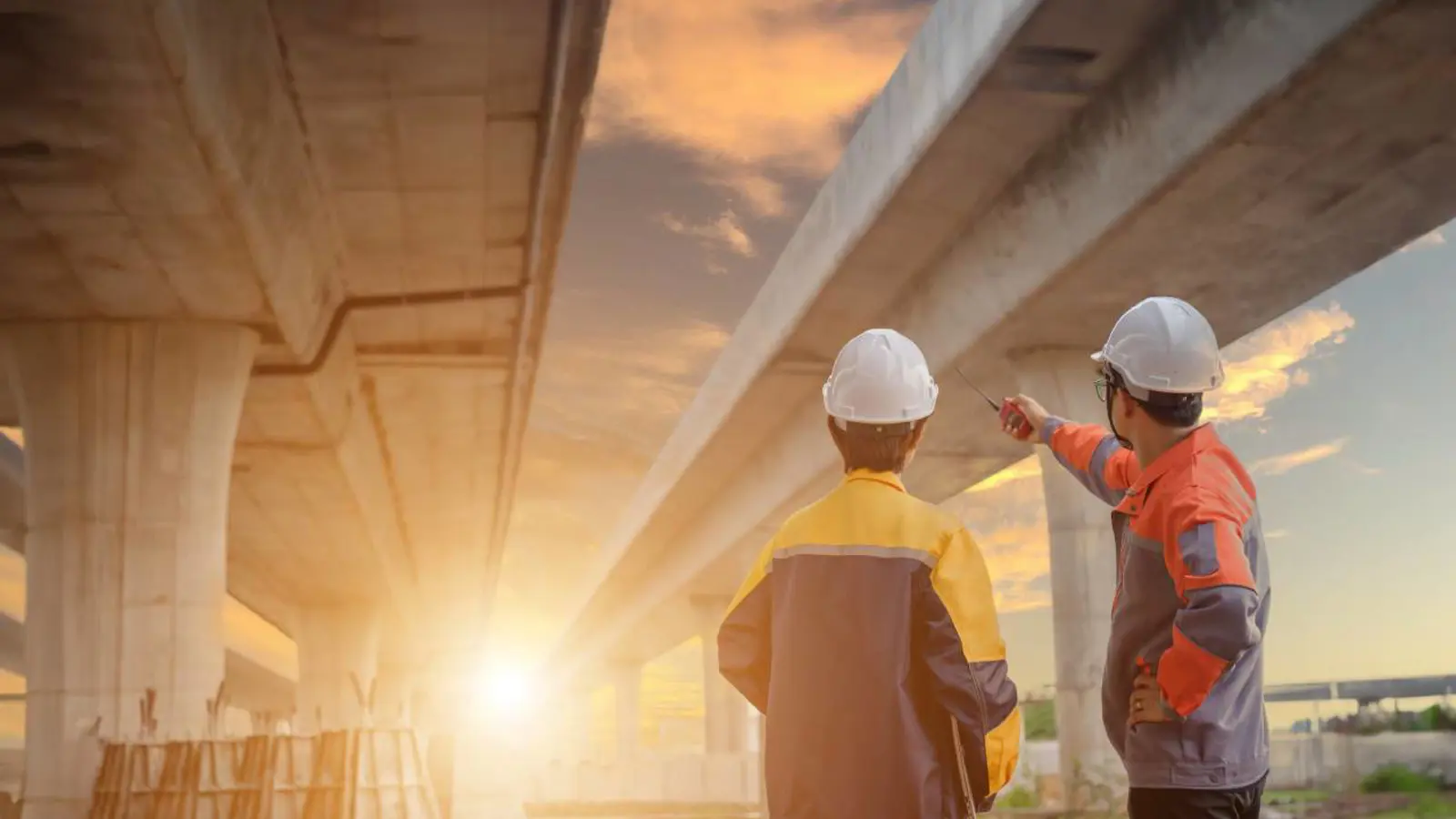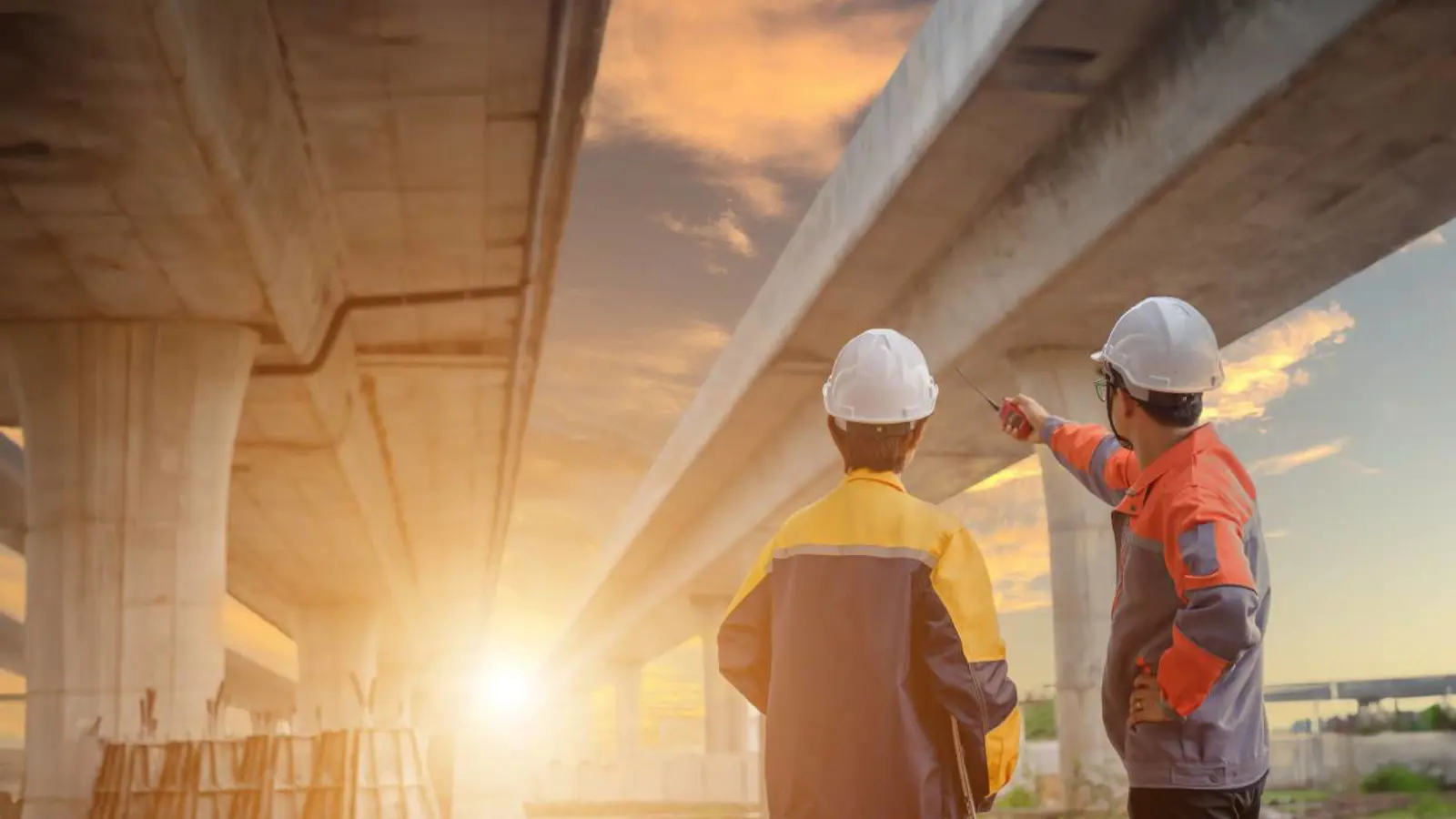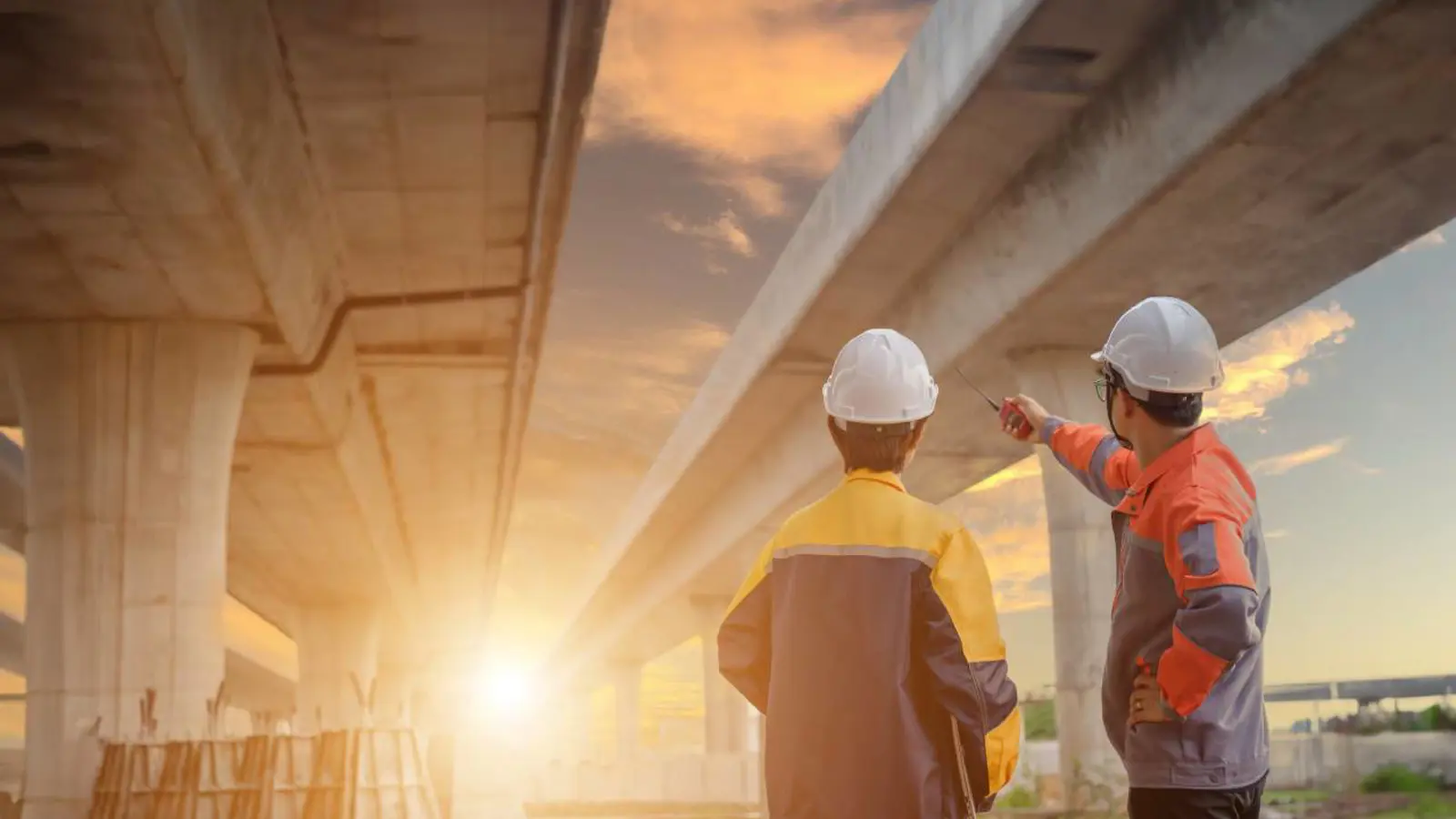Civil Engineering Water Infrastructure Insurance: Protecting Critical Projects and Assets
Understanding the Complex World of Water Infrastructure Insurance
Civil engineering water infrastructure represents a critical backbone of modern society, encompassing complex systems that deliver, treat, and manage water resources. These projects—ranging from municipal water treatment plants to large-scale reservoir developments—involve substantial financial investments, intricate technological processes, and significant environmental and public health responsibilities.
In this comprehensive guide, we'll explore the multifaceted landscape of insurance for water infrastructure projects, highlighting the unique risks, essential coverage types, and strategic considerations that civil engineering professionals must understand.
Identifying Risks in Water Infrastructure Projects
1. Technological and Equipment Risks
- Sophisticated treatment plant machinery breakdown
- Sensor and control system failures
- Advanced filtration equipment damage
- Pumping station electrical and mechanical system disruptions
2. Environmental and Ecological Risks
- Potential contamination incidents
- Ecosystem disruption during construction
- Climate change impact on water infrastructure
- Flood and extreme weather damage
3. Financial and Operational Risks
- Project delays and budget overruns
- Supply chain interruptions
- Regulatory compliance challenges
- Performance guarantee uncertainties
Essential Insurance Coverage for Water Infrastructure Projects
1. Professional Indemnity Insurance
Professional indemnity insurance protects civil engineering firms against claims arising from professional negligence, design errors, or technical miscalculations. For water infrastructure projects, this coverage is crucial due to the complex engineering requirements and potential long-term consequences of design flaws.
2. Contractor's All Risks (CAR) Insurance
CAR insurance provides comprehensive protection during construction phases, covering physical damage to works, temporary structures, and construction equipment. This insurance is vital for water infrastructure projects that involve multiple contractors and complex installation processes.
3. Public Liability Insurance
Given the potential for environmental impact and public health considerations, public liability insurance is essential. It covers third-party injury or property damage claims that might arise during water infrastructure project development and operation.
4. Cyber Insurance
Modern water infrastructure relies heavily on digital control systems and data management. Cyber insurance protects against potential breaches, system failures, and digital infrastructure vulnerabilities that could compromise water treatment and distribution processes.
5. Business Interruption Insurance
Water infrastructure projects often involve critical public services. Business interruption insurance provides financial protection against revenue losses resulting from unexpected project delays, equipment failures, or regulatory interventions.
Strategic Risk Mitigation in Water Infrastructure
1. Comprehensive Risk Assessment
Conduct thorough pre-project risk evaluations, including technological, environmental, and operational risk mapping. This proactive approach helps insurers develop more tailored and effective coverage strategies.
2. Advanced Technology Integration
Implement cutting-edge monitoring systems, predictive maintenance technologies, and real-time risk assessment tools. These technologies can significantly reduce potential insurance claims and demonstrate robust risk management to insurers.
3. Regulatory Compliance
Stay updated with evolving water infrastructure regulations, environmental standards, and industry best practices. Demonstrating consistent compliance can lead to more favorable insurance terms and reduced premium costs.
Real-World Insurance Scenarios in Water Infrastructure
Case Study 1: Urban Water Treatment Plant Renovation
A major UK city's water treatment plant underwent significant technological upgrades. The project required a complex insurance package covering professional indemnity, contractor's risks, and potential environmental impact during the renovation process.
Case Study 2: Coastal Desalination Facility
A large-scale desalination project faced unique challenges related to marine environment interactions. Specialized insurance coverage addressed risks of equipment corrosion, ecological disruption, and potential performance limitations.
Emerging Trends in Water Infrastructure Insurance
1. Climate Change Adaptation
Insurers are developing more nuanced coverage models that account for increasing environmental uncertainties and potential infrastructure resilience requirements.
2. Technology-Driven Risk Assessment
Advanced data analytics and AI are transforming how insurers evaluate and price risks in complex water infrastructure projects.
3. Sustainable Infrastructure Focus
Insurance products are increasingly incentivizing sustainable design, renewable energy integration, and environmentally conscious engineering practices.
Frequently Asked Questions: Water Infrastructure Insurance
What makes water infrastructure insurance unique?
Water infrastructure insurance is distinct due to the complex technological systems, environmental considerations, and critical public service nature of these projects.
How often should insurance coverage be reviewed?
Annually, or whenever significant technological upgrades, regulatory changes, or project scope modifications occur.
Can small-scale water infrastructure projects get comprehensive insurance?
Yes, insurers offer scalable solutions tailored to projects of various sizes, from municipal upgrades to private water management facilities.
What factors influence insurance premiums?
Key factors include project complexity, technological sophistication, environmental risks, historical claim records, and implemented risk mitigation strategies.
Conclusion: Protecting Water Infrastructure Through Strategic Insurance
Water infrastructure represents a critical intersection of engineering excellence, environmental stewardship, and public service. Comprehensive, forward-thinking insurance coverage is not just a financial safeguard but a strategic asset in managing the complex risks inherent in these vital projects.


 0330 127 2333
0330 127 2333

